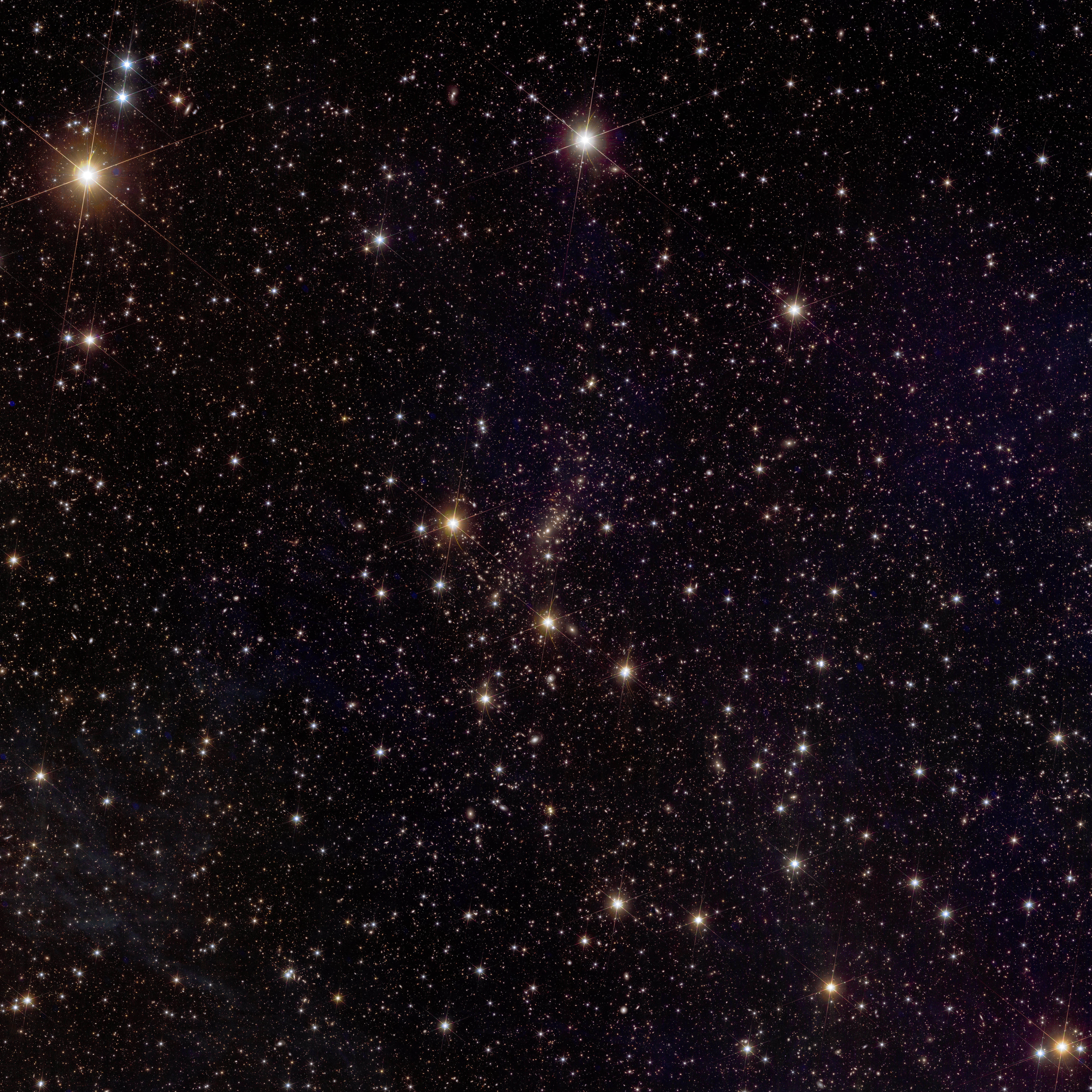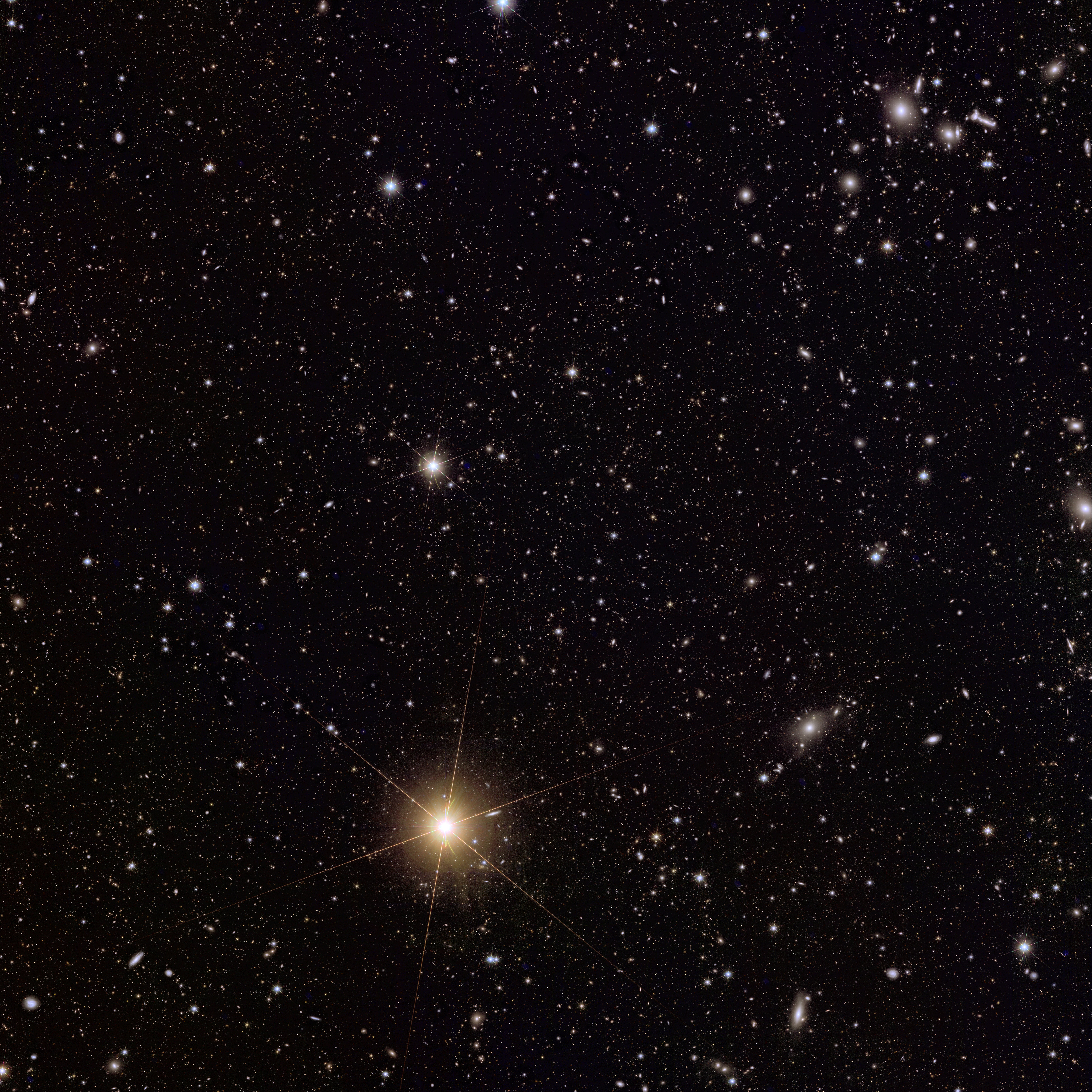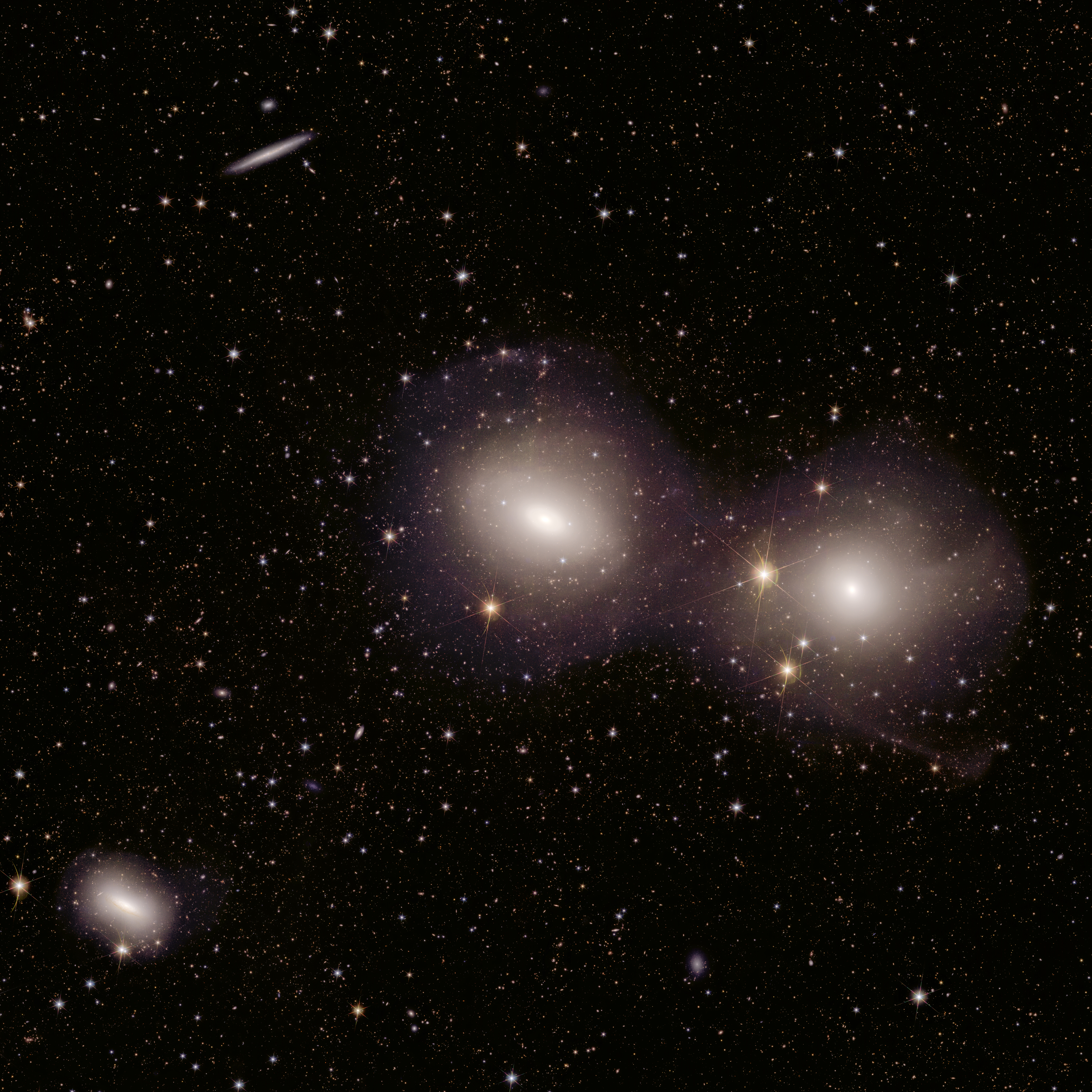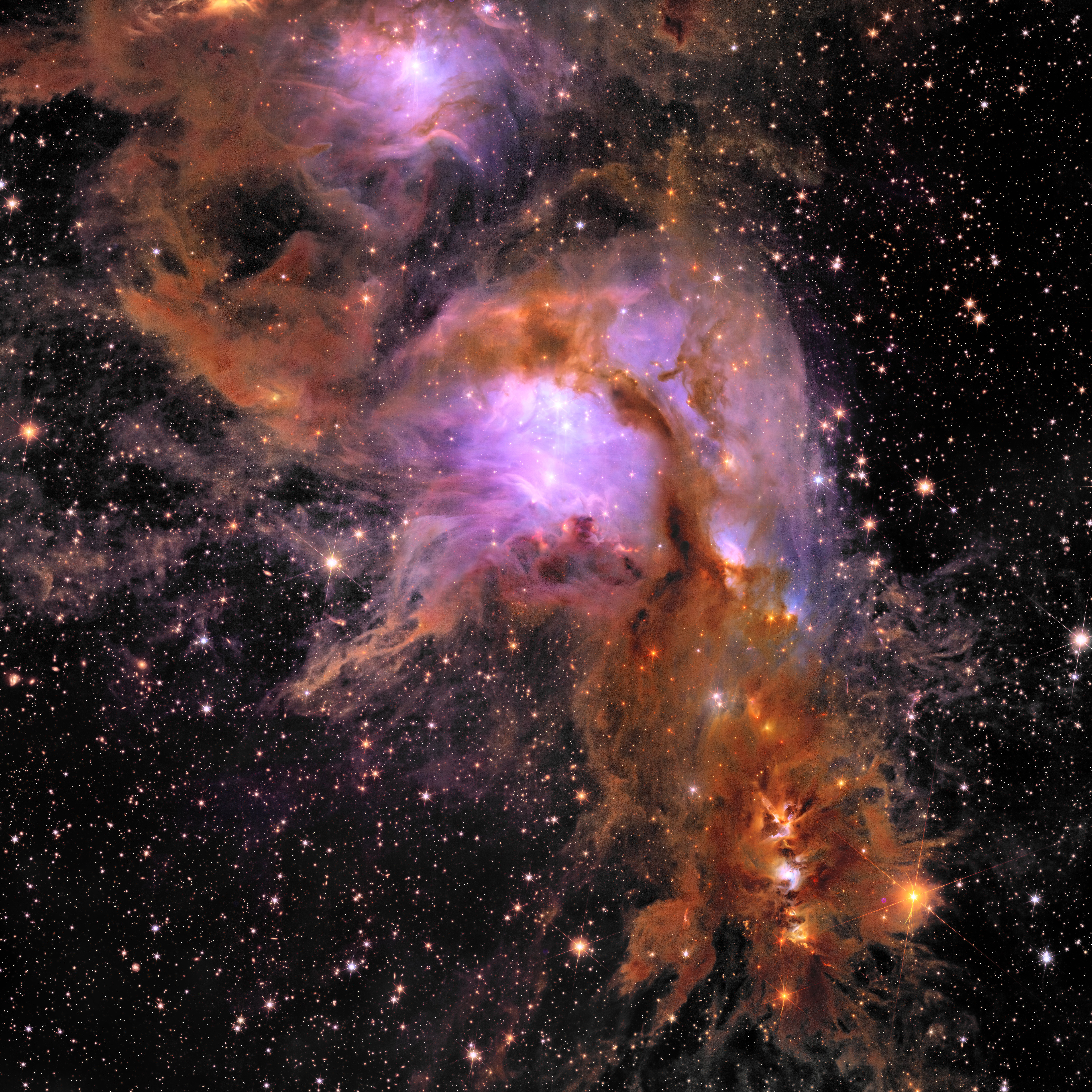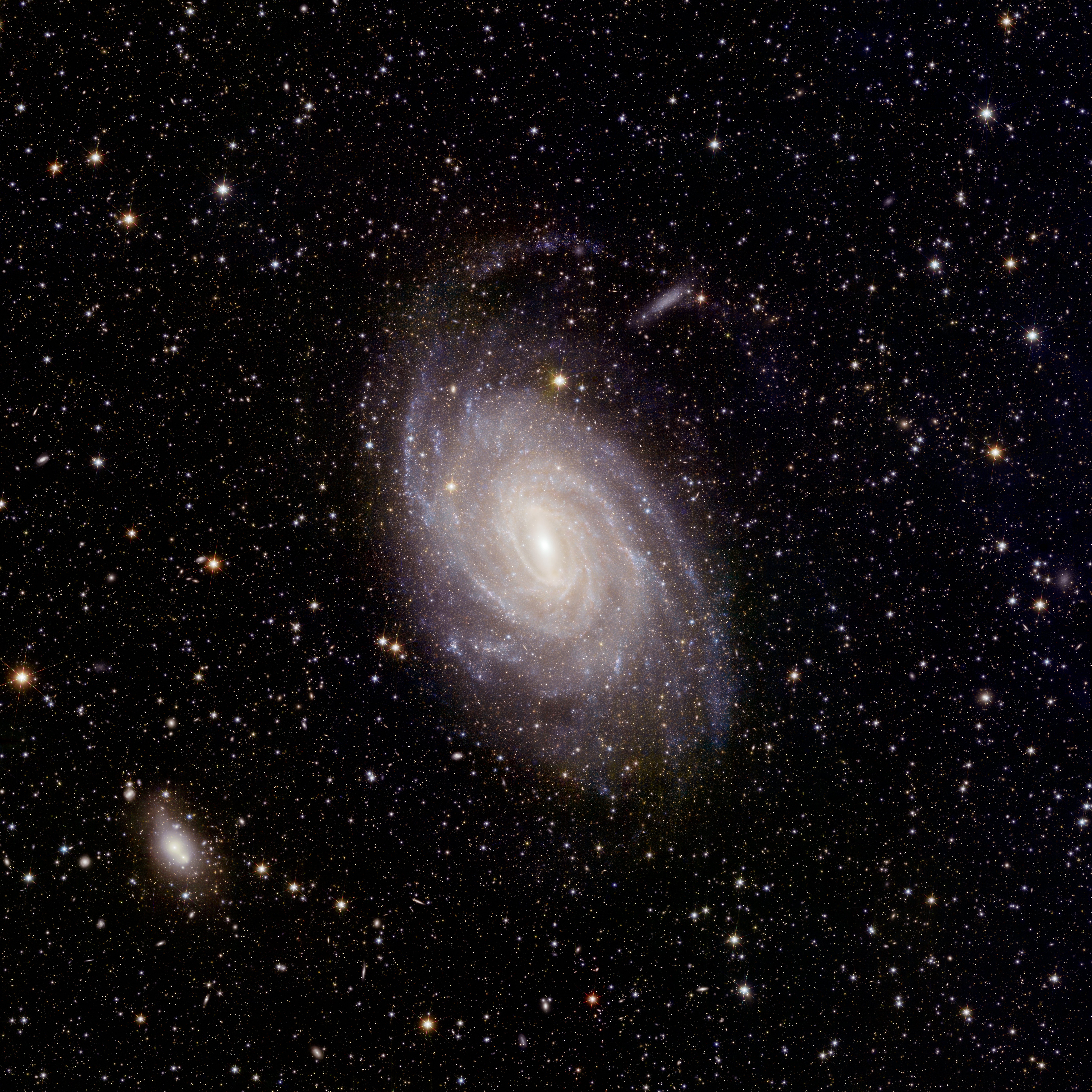
Today, ESA’s Euclid space mission releases five unprecedented new views of the Universe. The never-before-seen images demonstrate Euclid’s ability to unravel the secrets of the cosmos and enable scientists to hunt for rogue planets, use lensed galaxies to study mysterious matter, and explore the evolution of the Universe.
The new images are part of Euclid’s Early Release Observations. They accompany the mission’s first scientific data, also made public today, and 10 forthcoming science papers. The treasure trove comes less than a year after the space telescope’s launch, and roughly six months after it returned its first full-colour images of the cosmos.
“Euclid is a unique, ground-breaking mission, and these are the first datasets to be made public – it’s an important milestone,” says Valeria Pettorino, ESA’s Euclid Project Scientist. “The images and associated science findings are impressively diverse in terms of the objects and distances observed. They include a variety of science applications, and yet represent a mere 24 hours of observations. They give just a hint of what Euclid can do. We are looking forward to six more years of data to come!”
The full set of early observations targeted 17 astronomical objects, from nearby clouds of gas and dust to distant clusters of galaxies, ahead of Euclid’s main survey. This survey aims to uncover the secrets of the dark cosmos and reveal how and why the Universe looks as it does today.
“This space telescope intends to tackle the biggest open questions in cosmology,” adds Valeria. “And these early observations clearly demonstrate that Euclid is more than up to the task.”
Unprecedented results
Euclid will trace the hidden web-like foundations of the cosmos, map billions of galaxies across more than one-third of the sky, explore how our Universe formed and evolved over cosmic history, and study the most mysterious of its fundamental components: dark energy and dark matter.
The images obtained by Euclid are at least four times sharper than those we can take from ground-based telescopes. They cover large patches of sky at unrivalled depth, looking far into the distant Universe using both visible and infrared light.
“The initial results from the Euclid satellite are astounding, both in the variety of systems observed and in the detail of each one,” comments Carlo Baccigalupi, head of the PhD program in Astrophysics and Cosmology at SISSA and coordinator of the Euclid scientific working group on Cross-Correlation with the Cosmic Microwave Background. “It confirms that the observational instruments on board are working perfectly and that the 'Euclid era' for Cosmology has begun. We now look forward with renewed enthusiasm, commitment, and responsibility to the coming years, during which the three-dimensional structure of half of the observed Universe and its relationship with other cosmological signals will be delineated through intense collaboration, from individual institutes to their integration and coordination in the global collaboration.”
Credits: ESA/Euclid/Euclid Consortium/NASA, image processing by J.-C. Cuillandre (CEA Paris-Saclay), G. Anselmi; CC BY-SA 3.0 IGO or ESA Standard Licence.


